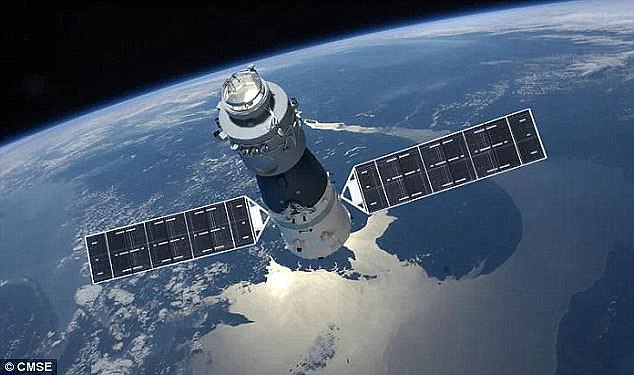
Swimming robots in space, China maps Mars, and much more From China’s Tianwen-1 orbiter mapping the whole surface of Mars to swimming robots designed to look for extra terrestrial life. A high-resolution image of Mars was captured by thTianwen-1’s orbiter in 2021.
The China National Space Administration (CNSA) announced that its Tianwen-1 orbiter had mapped the entire surface of Mars but that is just the tip of the iceberg of the most interesting space news that happened over the last week. From a communications blackout with a NASA spacecraft to a new waste disposal technique at the international space station, here is last week’s space news recap.
NASA is developing swimming robots to look for alien life. These robots could then explore the waters far from the ice probe by collecting data as a swarm to search for signs of extra terrestrial life. Each robot will come with a propulsion system, onboard computer, communications systems, and sensors including those for temperature, salinity acidity, and pressure. The scientists behind the robots also plan to include chemical sensors to monitor for biomarkers.
The swimming robots that can swarm together and search for signs of alien life in the waters under the kilometers-thick icy shell of Jupiter’s moon Europa or Saturn’s moon Enceladus. The space agency’s Sensing WIth Independent Micro-swimmers (SWIM) concept envisions these robots being packed inside ice-melting probes that would tunnel through the frozen crust to release these tiny robots underwater.
Concept of operations for the small robots. A new way to take out the trash for the International Space Station. NASA has successfully tested a new waste disposal technology for the International Space Station developed by Texas-based space technology company Nanoracks. Usually, astronauts on the space station just store their waste for months till the next resupply cargo vehicle arrives. This ‘disposable’ Cygnus vehicle is then filled with bags of trash and released. After de-orbiting, it completely burns up on re-entry into Earth’s atmosphere, along with all the waste in it.
The Nanoracks Bishop Airlock is pictured in the grips of the Canadarm2 robotic arm as it is positioned away from the International Space Station. The new concept that was just tested uses a specially designed waste container that is mounted in the Bishop Airlock. It can be filled up with around 270 kilograms of waste before it is released. At that point, just like with the Cygnus method, it completely burns up during re-entry into Earth’s atmosphere. The scientists hope that this can become a more efficient and sustainable method of waste disposal on the spacecraft since astronauts do not have to wait till the cargo spacecraft arrives to dispose of the waste.

കൈരളി ന്യൂസ് വാട്സ്ആപ്പ് ചാനല് ഫോളോ ചെയ്യാന് ഇവിടെ ക്ലിക്ക് ചെയ്യുക
Click Here








